The sound of the ocean, an endless horizon, the surface of the water glistening in the sun, and fine, soft sand under your feet… There is something special about sandy beaches, and we all understand, why they belong to the most popular vacation destinations. But did you know that sand is a finite resource and that entire stretches of coastline are already depleted? Learn about the state of our beaches, the importance of a sustainable beach vacation, and what it looks like.
Sand – Our most important resource after water
Like the sand of the sea. Meaning: infinitely available. But this general saying is no longer true. Sand is the most used resource in the world (after water). This is due to concrete – a mixture of cement with sand/gravel and water. It has been the most widely used building material since the 19th century, especially in urban construction. As we reported in this blog post about villages in motion, more and more people are moving to cities, and the construction boom there is consuming huge amounts of concrete, both for buildings and infrastructure.
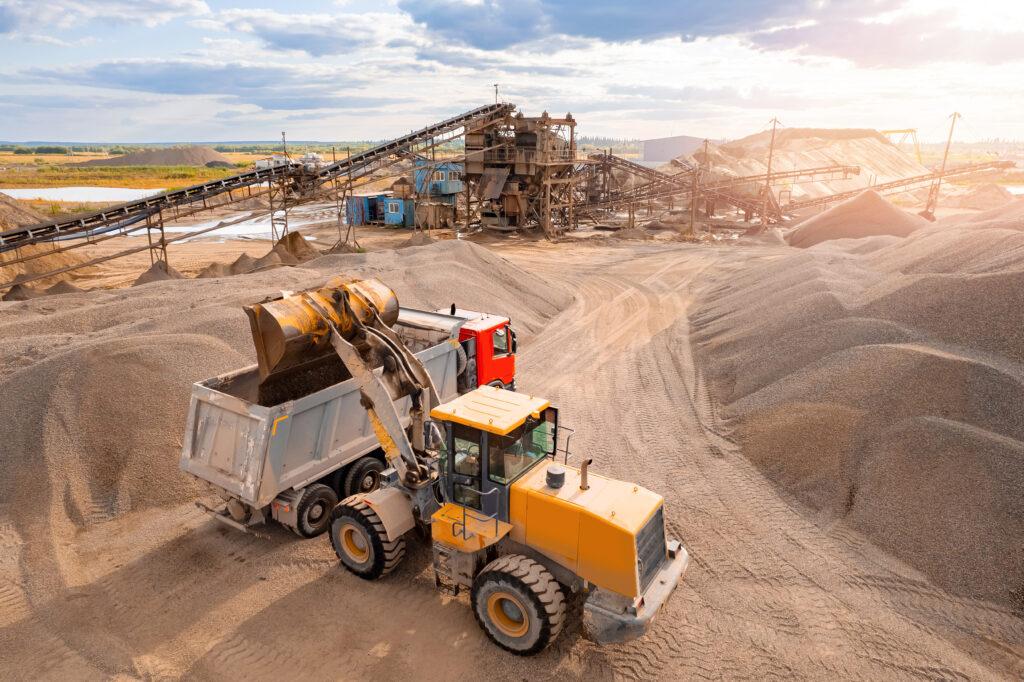
Using sand, Singapore added landmass
The biggest consumers of sand today are Asia’s booming economies. Singapore, for example, has dumped 500 million tons into the sea to gain land. According to Deutschlandfunk, the sand came from Indonesia, Cambodia, Malaysia, and Thailand. By sucking the sand from the seabed, 24 sand islands in Indonesia sank. In response, Indonesia, Cambodia, and Malaysia have already banned the export of their sand. Experts expect Africa to follow suit in the coming years. With rapidly growing populations, cities will expand and grow explosively.
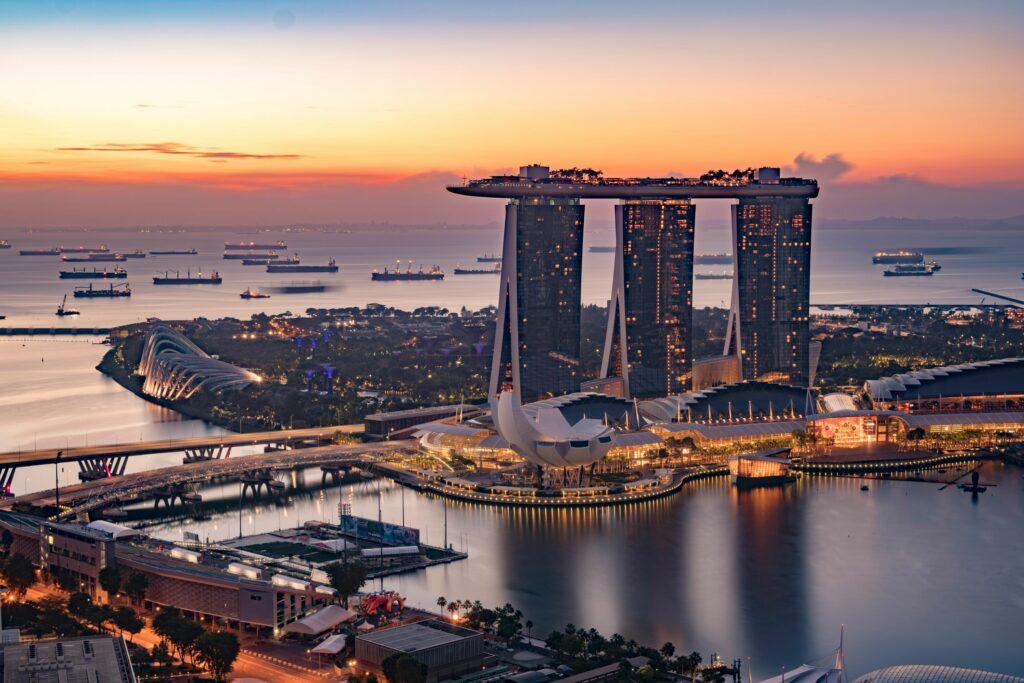
Sand theft for luxury resorts?
In 2008, a sand heist in Jamaica made headlines when 500 truckloads of the finest sand were stolen overnight from a fishing village. It will take several hundred years for that beach – and the local habitat – to regenerate. The theft was a disaster for the local ecosystem. The case was never solved, but the fine sand was probably sold to luxury resorts for their beaches.
There have also been several reports of sand robbery around Lake Victoria in East Africa. This shows that the resource is not only freely available in abundance but also valuable and desirable.
1. Rule: You must come to the beach, not the beach to you!
Don’t support hotels that have a fine sandy beach right outside while the rest of the coast is rocky or pebbly. Sure, there are some natural sandy beaches among rocks, but always ask yourself if that is the case here. Purchased sandy beaches come from a different ecosystem and are missing there! Moreover, the artificial transport of sand to the coast is not ecological. So, either accept the rocky beach and enjoy the rugged landscape, or find a destination where the beach is as natural as you want it to be.
Sustainable eco-hotels on dream beaches
At Green PearlsⓇ you’ll find some green pearls that are located right on beautiful beaches and are also committed to sustainability. Here is a brief look at six of them:
#1: ADLER Spa Resort SICILIA – Protected beach
The six-kilometer-long beach in front of the ADLER Spa Resort SICILIA is a WWF protected area and one of the most beautiful beaches in Sicily. Since the beach of the “Riserva Naturale Torre Salsa” is lined with dunes and cliffs, you will hardly find any tourists except for the guests of the resort. The staff works with the WWF to preserve biodiversity and the local ecosystem, and regularly cleans the beach of washed-up plastic. Experience a protected and well-kept beach in southern Italy.
#2 Cerf Island Resort in the Seychelles – Dream Beach on a Water Reserve

Cerf Island is only 1.5 km long and 1 km wide. So, you are amidst pure sandy beaches. And there’s more. The crystal clear waters with its colorful underwater world and mangrove trees are part of the Saint-Anne National Marine Park. Guided tours through the National Marine Park – either above the water on kayak tours or underwater with diving and snorkeling – will teach you a lot about life in the Indian Ocean.
#3 Puri Dajuma – Eco-resort with private beach in Bali
Bali is famous for its white dream beaches, tropical nature and magical atmosphere. Puri Dajuma is an eco-resort that focuses on waste reduction, social responsibility, and sustainable tourism. Stay in small, luxurious Balinese-style cottages on a private, picture-postcard beach.
Tip: Before you pack your bags and travel to Bali, we recommend you to read our article about Bali and its dark side. For example, a local tells you what tourists often do wrong in Bali.
#4 Zeavola – Barefoot in luxury on Koh Phi Phi Leh in Thailand

Barefoot in luxury is the lifestyle you can enjoy at Zeavola. Stay in naturally designed villas and drift between beach, culinary delights, and spa – always feeling the sand beneath your feet. Located on the Thai island of Koh Phi Phi Leh, the resort also offers PADI scuba diving courses, where experienced guides introduce you to the beautiful underwater world of coral reefs.
#5 Gili Lankanfushi – Fine sand, palms and corals
At Gili Lankanfushi, rooms are not on the beach overlooking the ocean – they are on the ocean overlooking the beach! As the lowest country in the world, the Maldives are the most affected by rising sea levels. You can read more about this in our blog on endangered islands. This makes it all the more important to focus on sustainable tourism and choose an eco-friendly resort, like Gili Lankanfushi.
#6 Lifestylehotel SAND at the Baltic Sea Beach

The Lifestylehotel SAND is located in the second row of the German Baltic Sea beach in Timmendorfer Strand. As the Baltic Sea can be quite windy, it’s best to book a typical wicker beach chair on the beach. That way you only have the sand under your feet and not everywhere else.
As the name of the hotel suggests, the sand of the Baltic Sea beach is a source of inspiration for the sustainable and natural design of the hotel.
9 Tips for a sustainable beach vacation
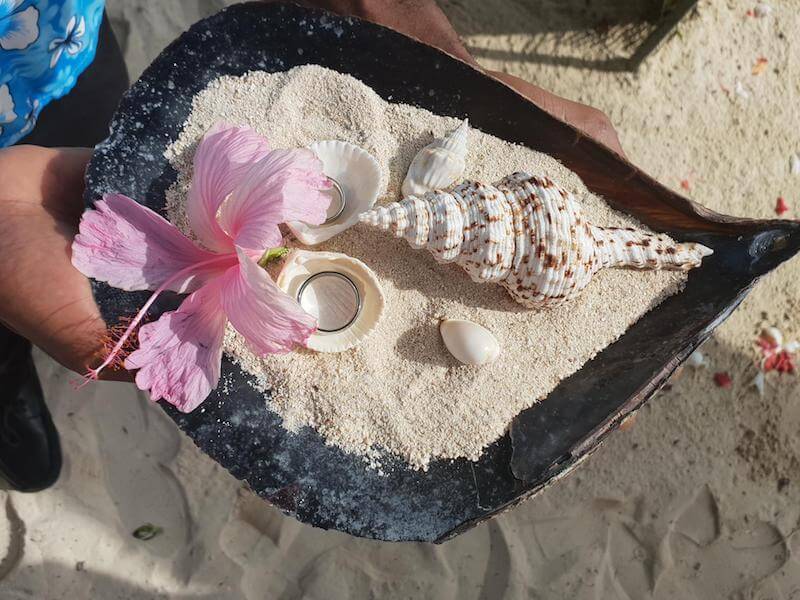
- Coral-friendly sunscreens: Sunscreens with nanoparticles are harmful to corals and possibly other marine life such as shellfish. Make sure you choose the right sunscreen when swimming in the ocean. Look for labels such as “Reef Safe”, “Coral Safe” or similar.
- Water sports: Instead of jet skis or other motorized sports, choose gentle sports like SUP, kayaking, or surfboarding. You will be able to enjoy nature and the sea much more. Sound of the sea instead of engine noise 🙂
- Campfires: Check to see if fires are allowed on the beach. If so, use only untreated wood and be sure to extinguish the fire and dispose of the ashes properly. (And no, shoveling sand over the fire is not the same as extinguishing or disposing of it!)
- Do not take sand home as a souvenir: It is best to leave the sand where it belongs. Including the classic sand jar as a souvenir. Here you can find out why.
- Avoid plastic: Go to the beach and see the debris that washes ashore and you will realize that plastic is a real problem! So avoid plastic wrappers, bags, and toys that could end up in the ocean.
- Pick up your trash – and other people’s trash: When you clean up your area, be kind enough to pick up trash that doesn’t belong to you. This is especially true of cigarette butts. They contain toxic substances that are harmful to waterways.
- Respect the locals: Research the culture of your destination and whether going topless is considered disrespectful. For example, in some countries, men should wear bathing shorts up to their knees.
- Be mindful of the marine life: Coral is especially important not to touch or damage. But the same goes for all other marine life – leave them alone and observe them as guests. And never feed seabirds! It can be harmful to them.
- Read books about sand and sea: If you like to lie on the beach with a book, use the time to read books about the sea, sand, or climate change – it will make you more aware of where you are.
Vacation by the sea – without a sandy beach
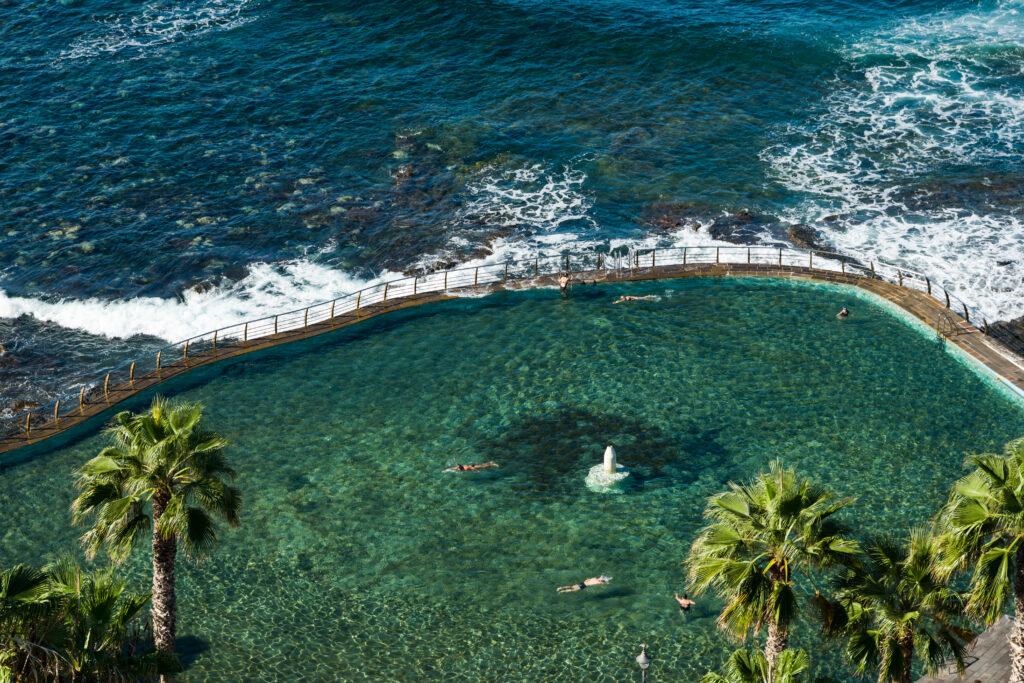
Not every coast has a sandy beach. And ecologically speaking, it would be completely wrong for tourists to expect sandy beaches everywhere – and thus indirectly contribute to sand depletion (keyword: supply and demand). However, many countries have found ways to make even steep coastlines attractive. “Here in Tenerife, the “piscinas naturales” are widespread and very popular with both guests and locals,” says the OCÉANO Health Spa Hotel. “They are sheltered pools in the sea that fill with natural seawater. One is right in front of the OCÉANO”.
We hope we have given you some good tips for your next beach vacation and helped you appreciate (and protect) the natural wonder that is sand).
PS: People are already thinking about how to build when the sand really runs out. Recycled concrete is the answer. Unfortunately, there is still little interest in the industry. Our prediction: As long as politicians do not pass laws and force the industry to do so, nothing will happen in the area of sand conservation. This makes it all the more important to support sustainability and resource conservation wherever we can.
Save this article for your next beach vacation.
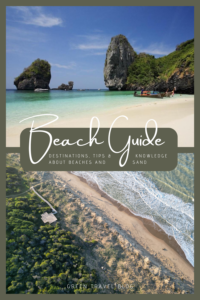

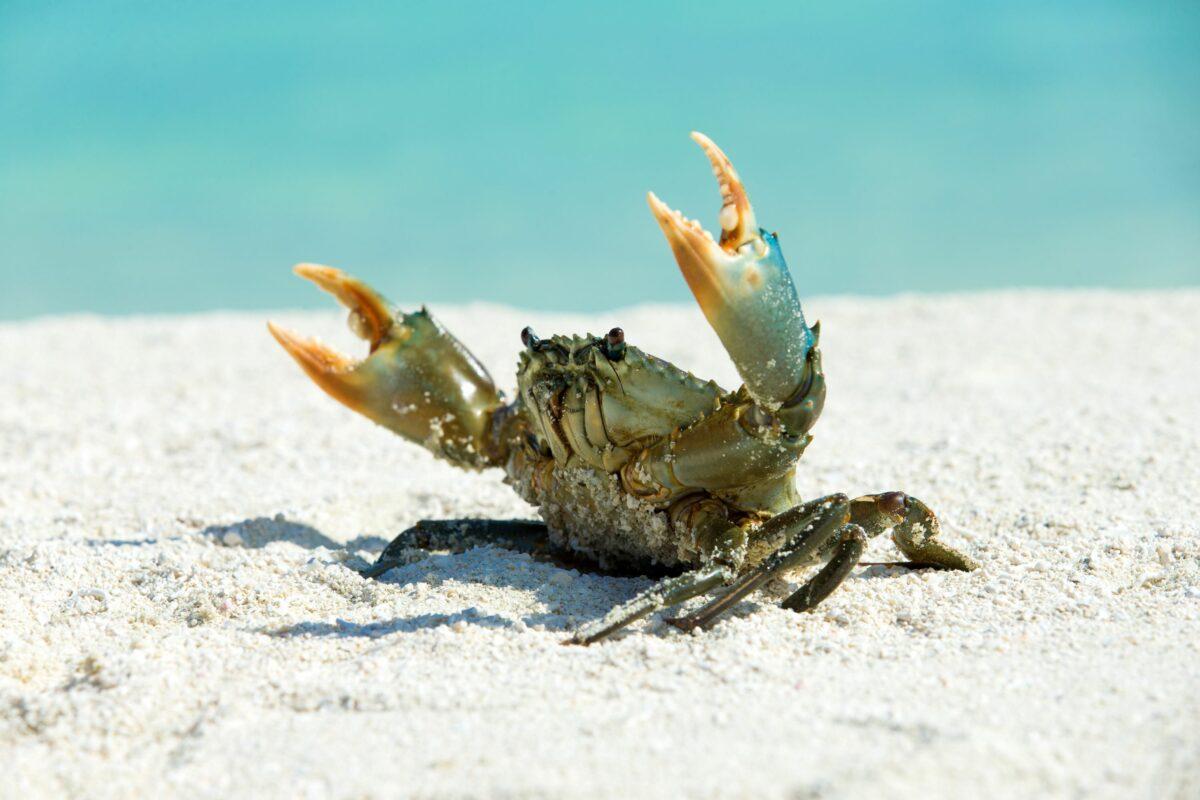


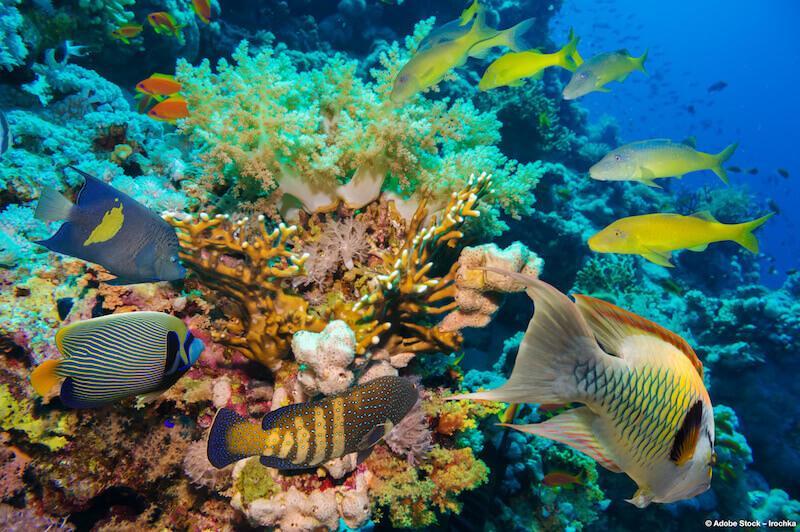

Visiting the Mentawai Islands offers an opportunity to experience the local culture, including the unique traditions and lifestyle of the indigenous Mentawai people.